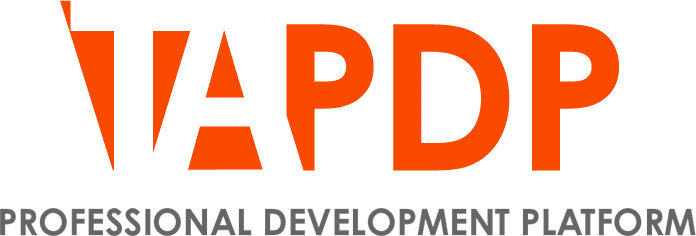Students of all ages and abilities can only reach their full potential when they are not constrained by their tools and surroundings. The tools a student uses, both in the classroom and at home, significantly impact their educational experience and the quality of their learning. Inaccessible technology creates barriers that can impede the full and effective participation of students with special needs.

Login
Accessing this course requires a login. Please enter your credentials below!



